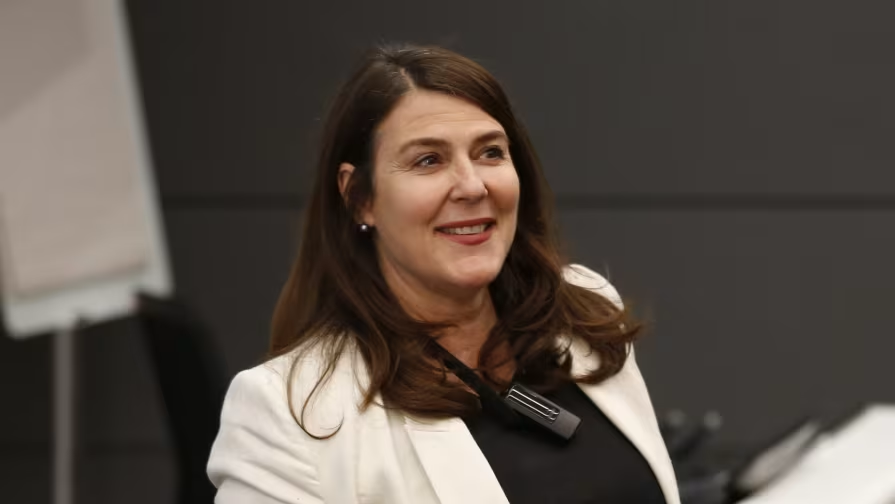There are certainly some people who respond to competitive pressure more than they respond to positive feedback. But this manager’s approach has a major cost. The cost is to the relational fabric of the team. Because, in high-performing teams, members see each other as allies and resources, and not as rivals. They are not constantly self-conscious about their relative status and hence insecure. Rather, they enjoy a sense of safety and trust. As a result, team members are on good terms, everyone is connected, and everyone speaks up.
In contrast, poor teams are characterised by excessive internal competition, isolation, and relational conflict. In some teams, certain members don’t speak to others, meaning that the flow of information is curtailed. They may be competing and thus unwilling to give any advantage to the other, or they may simply dislike each other. In other teams, you can count on certain members to take opposite sites – no matter what the question. Things are personal.
Most leaders know that they need to have a good relationship with their team members. But few leaders pay attention to how the team is getting along internally. Fewer yet aim to actively promote positive relationships within the team. What can leaders do to support and enhance positive relational dynamics in their teams?
The first requirement is fairness. Where leaders play favourites and members are competing for the status of the favourite, relational conflict is hard to escape. Members will have fewer reasons to resent each other when the leader is constantly fair and transparent. While it is only human to like some team members more than others, good leaders treat all team members with the same respect and professional decorum. They do not gossip with one team member about another, and actively discourage gossip and relational conflict. This is because they know how gossip can create factions inside the team, which is often fatal to morale and performance. They communicate that relational conflict is hurtful to the team and all members are expected to focus and cooperate on team tasks rather than each other.
In sum, if you want to lead a harmonious team, you need to be fair and transparent. You need to stand at an equal distance to all team members and not allow any team member to create factions by gossip. Finally, you will want to communicate that relational conflict is not acceptable because it can only derail the team’s performance.
Selin Kesebir is Associate Professor of Organisational Behaviour at London Business School.

Stop blaming the team for underperforming – Randall S Peterson
If you have ever managed a team, you know that conflict within the team is as inevitable as it is distracting. Many teams simply do not reach their potential, oftentimes because they are embroiled in conflict, but sometimes it is just not clear. I have been working with and studying teams for over 30 years, and it is not uncommon to have an underperforming team made-up of high potential individuals. So, if it is not the individuals, then why might your team be underperforming?
The trap I see managers fall into over and over is looking to hold individuals to account for team performance problems. The insight from my research is straight-forward enough -- you can only solve team-level problems with team-level solutions. To illustrate this point, let me share a fairly common scenario I see. That is when teammate Chris explains to teammate Jay how to do something and Jay does it badly, whose fault is it? Chris will blame Jay for not listening. Jay will blame Christ for a poor explanation. We come in as a manager and are presented with two explanations, so we take that as given and assign blame to one or the other, or occasionally both.













